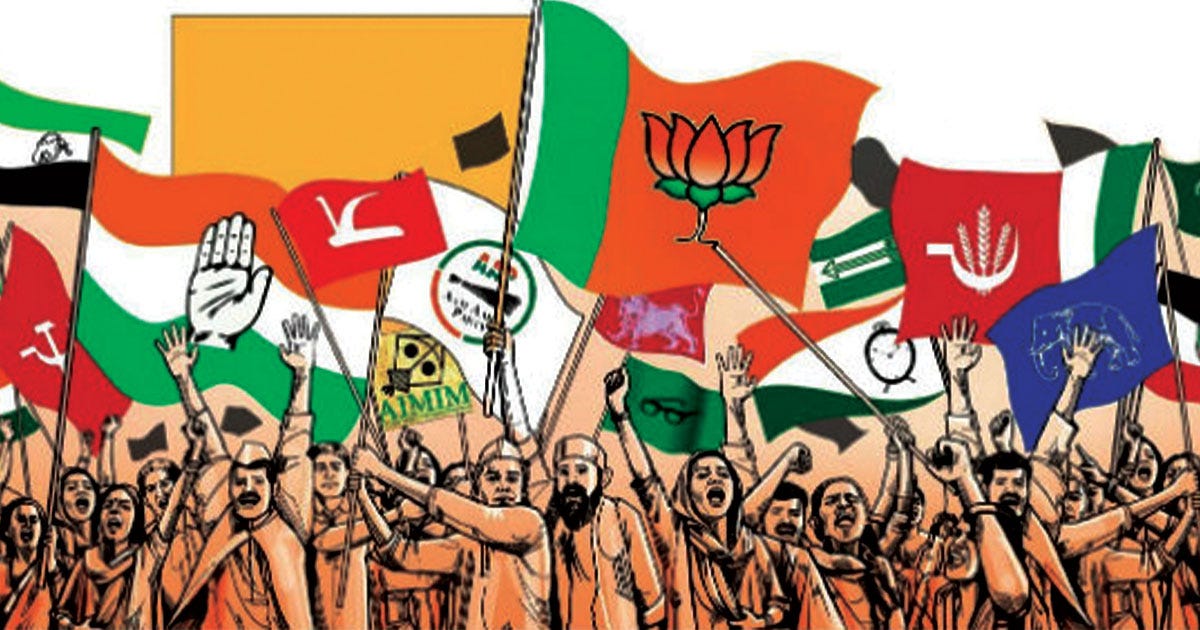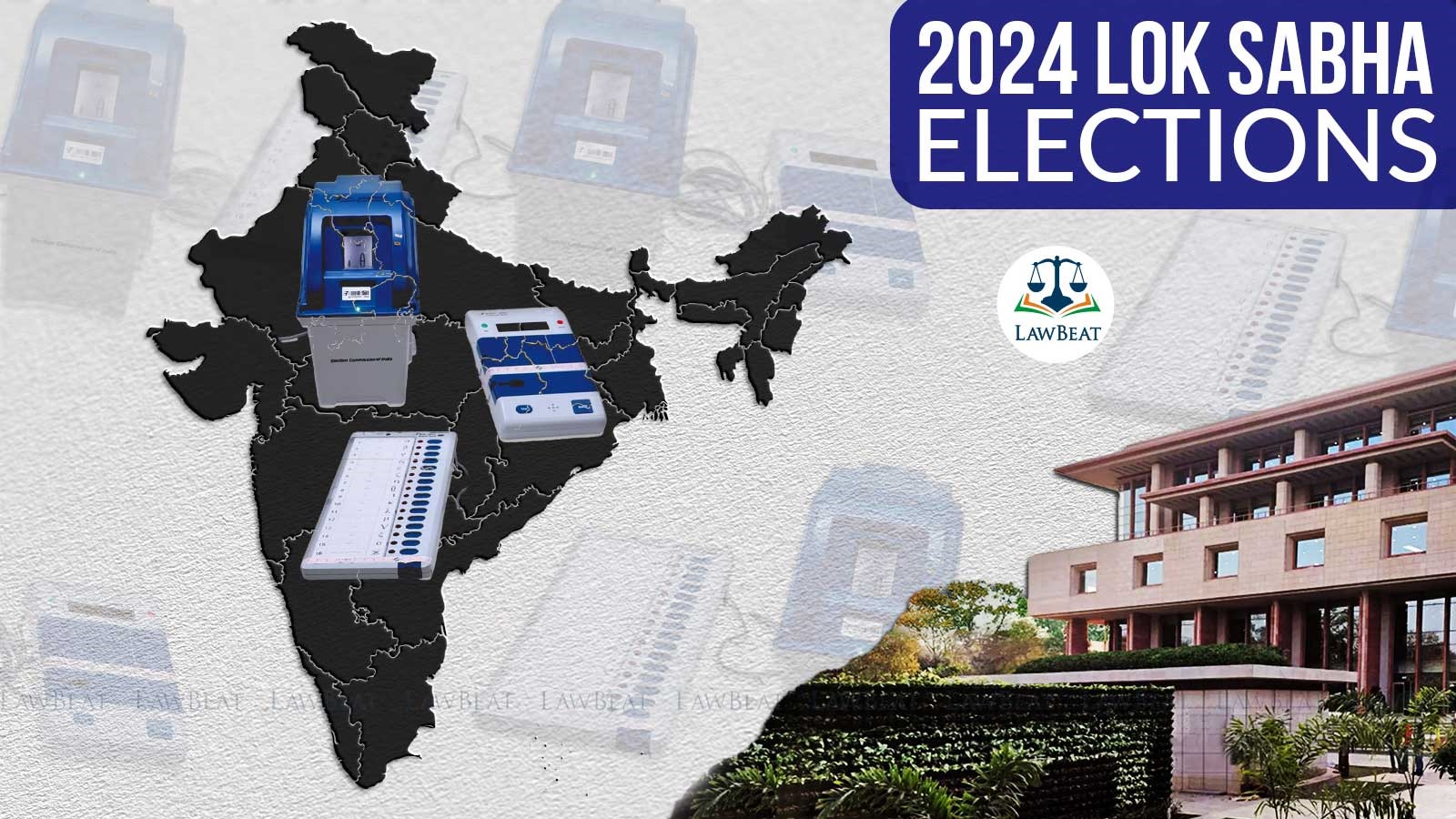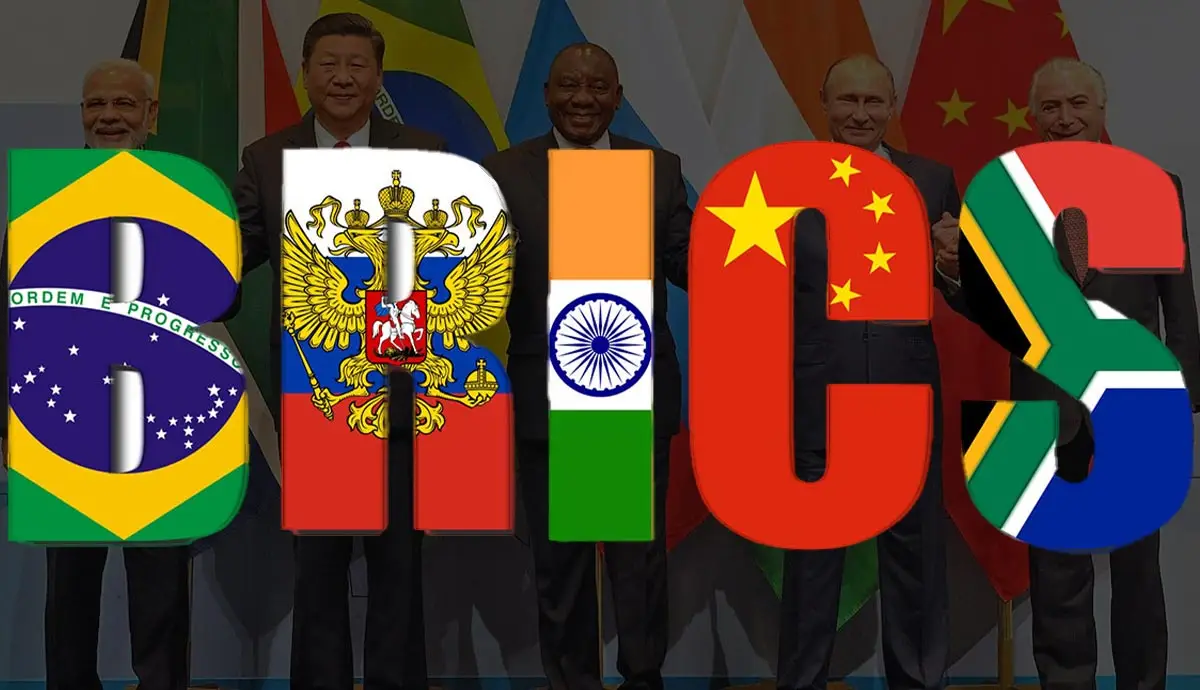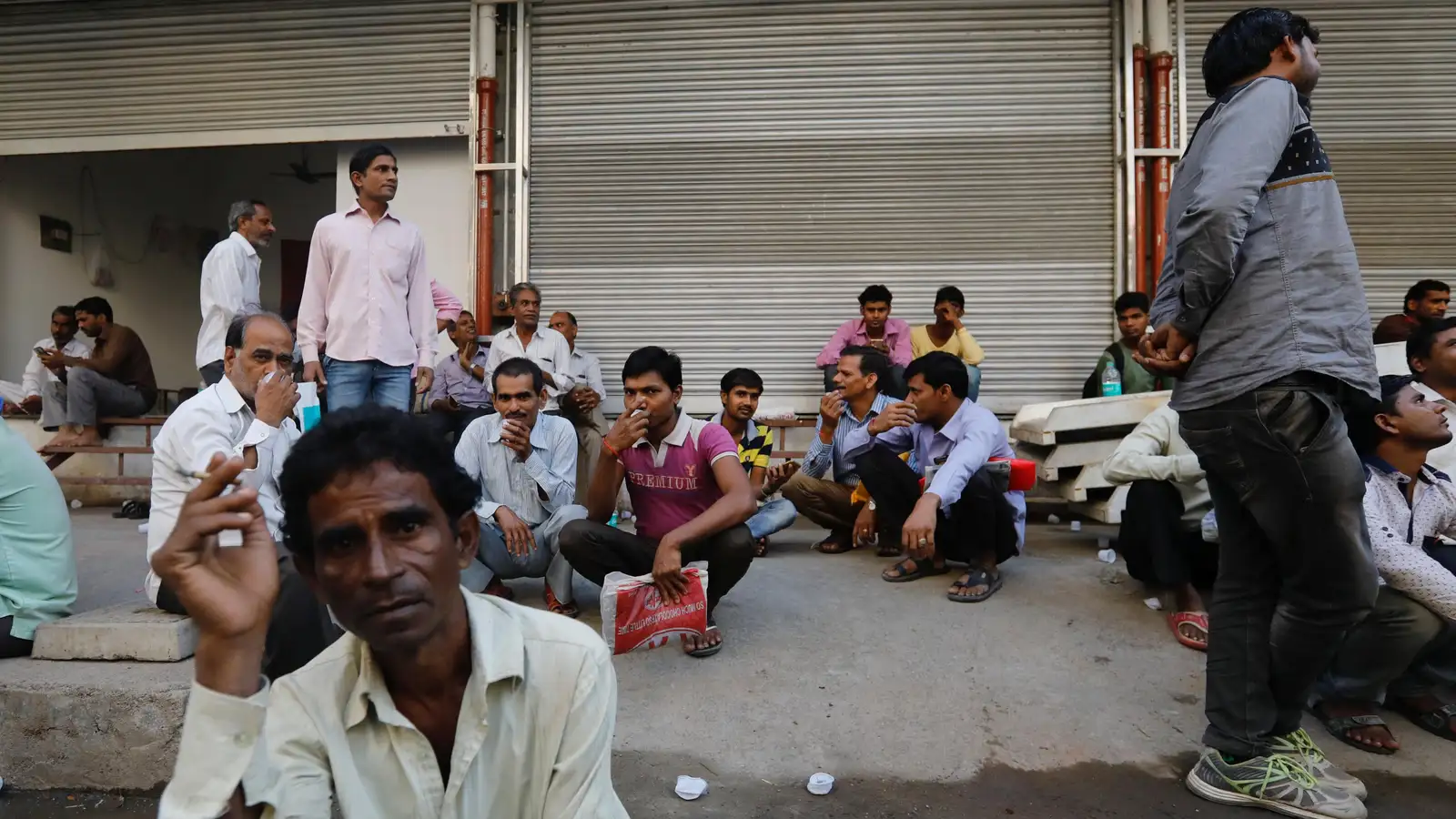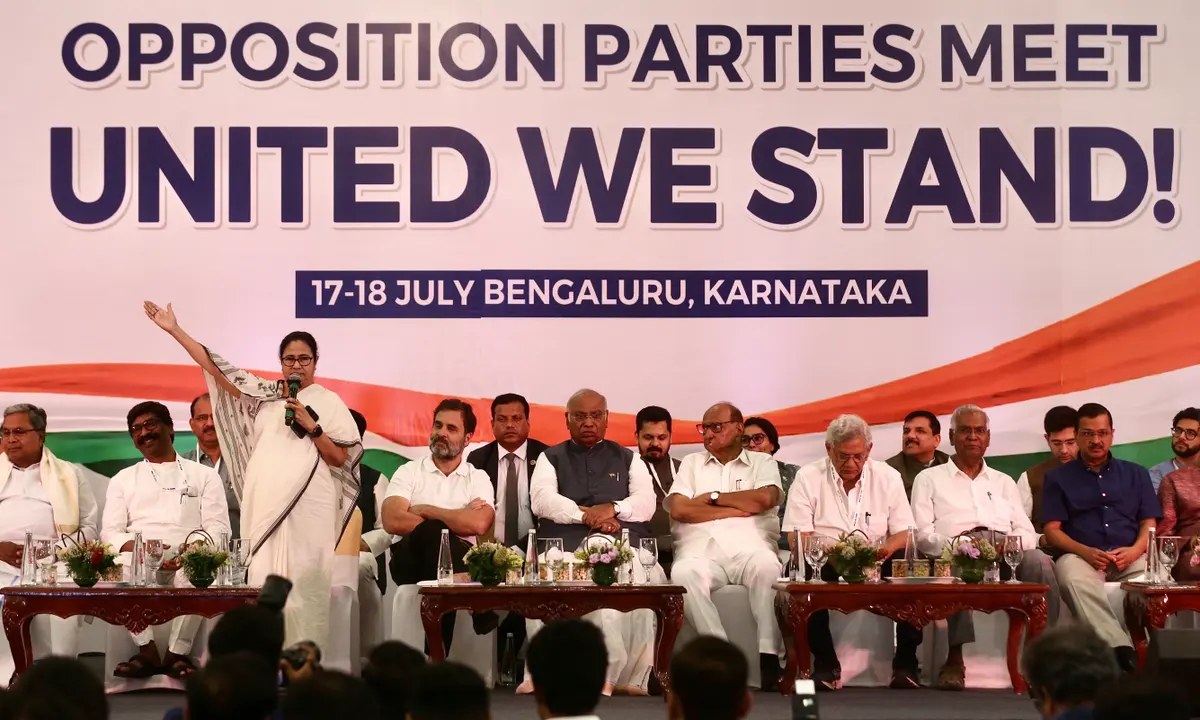The outcomes of the most recent Indian election have sparked a range of responses, demonstrating the complexity of the nation’s political discourse. Investigating the subtleties and intricacies that characterise India’s political landscape is crucial, as the country struggles with opposing points of view. The objective of this article is to present a fair analysis of opposing viewpoints while recognising emotional reactions, historical analogies, and narrative-shaping strategic factors.
Divergent Reactions: Emotions and Strategic Analysis
There is a noticeable separation in the wake of the elections between two different factions: the ardent opponents of Prime Minister Narendra Modi and the Bharatiya Janata Party (BJP) and the more dispassionate onlookers who view the results strategically. The former group, commonly known as the “Modi is Voldemort” lot, shows intense contempt for the present administration. Their grief goes beyond politics to include a deep-seated sense of an imminent danger to India’s fundamental identity.
On the other hand, the latter group takes a more composed stance. These observers explore the nuances of electoral campaigns while avoiding rash emotional reactions. They are thinking about how the opposition, especially the Congress and its allies, would defeat the powerful Modi machine in the Lok Sabha elections of 2024. By drawing comparisons with past occurrences, such as the BJP’s victory in 2003 and subsequent defeat in 2004, these experts underscore the significance of adjusting to the ever-changing political terrain.
Comparing Leadership Dynamics: Modi-Shah vs. Vajpayee-Advani
One major focus of the analysis is the dynamics of leadership in the BJP. There are clear distinctions in the political philosophies of the Vajpayee-Advani alliance and the Modi-Shah combination. The former is known for vicious, take-no-prisoners political combat, while the latter later represented an antiquated, more conventional style of politics. It is critical to understand these differences and to steer clear of having unrealistic expectations based on past performance.
The Concern of Complacency: The BJP’s Strategic Preparedness
In response to worries about possible complacency within the BJP, the essay argues that, in contrast to previous leadership, the present group is unlikely to underestimate the upcoming election challenges. Seeing the brutality of the Modi-Shah combination, the piece implies that party strategists are ready to prepare for the 2024 elections with great care. They are likely to take a proactive and strategic approach, taking into account factors like caste, language, ethnic identification, and regional interests.
Demographic Shifts Within the BJP
One noteworthy feature of the changing political scene in India is the changing demographic composition of the BJP. The composition of the party has changed due to the rising presence of members from Other Backward Classes (OBCs). According to the article, this modification might have an effect on the electoral dynamics in the next elections. It highlights how the BJP has changed and become more diverse since 2004, indicating possible changes in the preferences and demographics of voters.
Data-Driven Analysis: Dispelling Delusions
Consistent emphasis is placed on the value of empirical evidence and data-driven insights throughout the investigation. The paper promotes a realistic assessment of the political environment and warns against breeding fantasies. It emphasises the necessity for a comprehensive understanding of India’s dynamically shifting political landscape by drawing comparisons between historical data and the current political environment.
Prime Minister Modi’s Popularity: A Decisive Factor
An examination of Prime Minister Narendra Modi’s popularity and approval ratings forms the core of the thorough analysis. Modi’s dominant position in Indian politics is acknowledged in the article, which quotes data from a recent survey. Modi continues to be the most popular leader by a wide margin in spite of criticism, with approval ratings significantly higher than those of Rahul Gandhi, his closest competitor. The essay acknowledges that the electoral landscape may be significantly shaped by Modi’s personal appeal.
Conclusion
To sum up, a fair assessment of India’s political environment must recognise a variety of viewpoints and take into account both strategic and affective responses. The article highlights the importance of having comprehensive knowledge and acknowledges Prime Minister Modi’s tremendous popularity, demographic trends, and difficulties within the BJP. A comprehensive and inclusive approach to political analysis becomes essential as India makes its way towards the 2024 Lok Sabha elections. This will promote positive discourse and a greater understanding of the country’s democratic dynamics.
